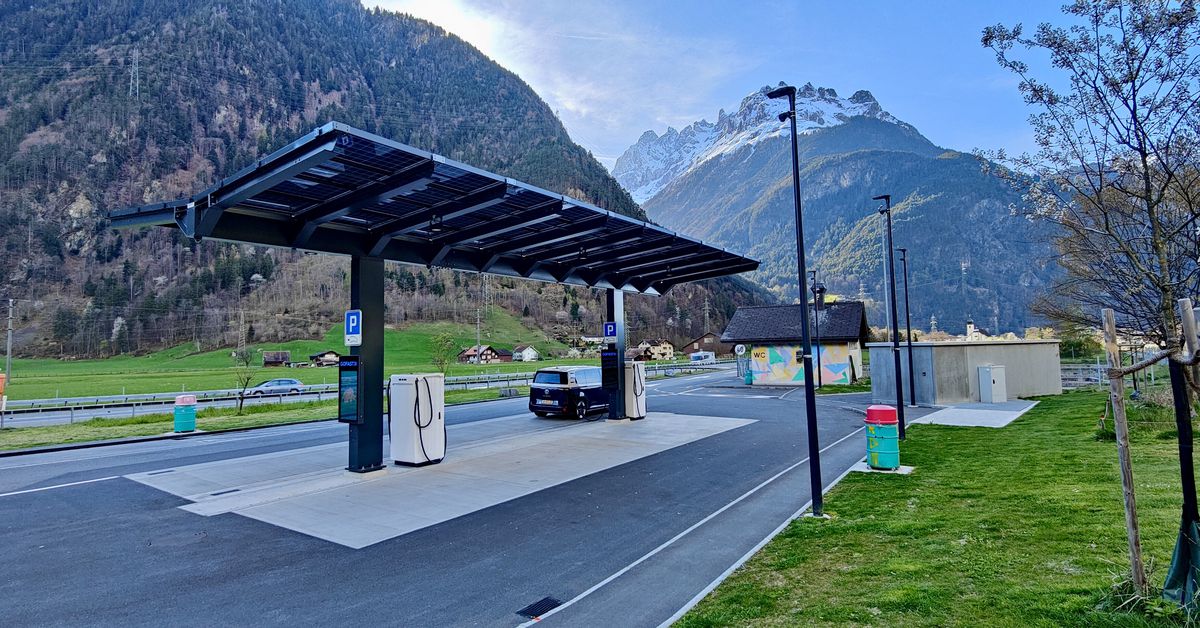- cross-posted to:
- technology@lemmy.world
- cross-posted to:
- technology@lemmy.world
EU passes law to blanket highways with fast EV chargers by 2025::The chargers must be placed every 60km (37mi) and allow ad-hoc payment by card or contactless device without subscriptions.



In places that don’t have EV chargers currently, will it be the state’s responsibility to install them?
On Finland’s highways highlighted on the ball in that article, there are a lot of existing gas stations that have EV chargers. But there can easily be more than a 60km gap, especially the further north you go. Is it down to the state, local municipality, or EU to fund it?
Furthermore, if a commercial provider, like a gas station shuts down, would some authority be required to at least keep the EV chargers running?
How is the 60km distance calculated? From existing EV chargers? If a gas station closes, the measuring point to/from the next/previous EV charger will change.
I can’t imagine the state will want to install EV chargers every 60km in addition to the ones already provided by commercial enterprises such as gas stations. Will they be required to?
It says in the article ‘Lightly trafficked roads or locations that just don’t make socio-economic sense can be excluded from the requirement’ for the comprehensive network.
It’ll be up to each country how they decide to implement it. In some countries the core roads are managed by a central government agency so they would need to arrange it. In others it is the the local municipalities or privatised. Some countries will offer to private companies. Others will provide it themselves. The governments would be ultimately responsible but Im sure they can manage this given they already have responsibilities about maintaining the roads and rest areas. In the worst case they might have to pay for some infrastructure themselves but can make it back with the charges.
Infrastructure is a big consideration that is sort of glossed over by governments enacting legislation to force the adoption of electric cars. When gas powered cars initially came about, law makers and manufactures had to go to some lengths to set up an infrastructure for fuel delivery and accessibility. It wasn’t just about making the cars, a whole system had to be deployed.
Not much thought about infrastructure has gone into the adoption of electric cars. It could easily end up being a situation where there’s too many cars and not enough support. The EU is already thinking ahead, but I think its likely the USA will get caught with their pants down.
For example California has already enacted legislation forcing all new cars to electric after 2035, but has not passed any legislation about infrastructure for them. There are over thirty million privately registered cars in California. You need places to charge all of them and support the power demand for it. The power grid in its current state would not be able to do it. They already have problems when existing demand gets too high. So it’s not going to be a small issue by any means.
It’s up to the state to figure out details like that.
If a state does install a charger, they might pass a local law that makes it illegal for commercial chargers to operate nearby - which would ensure the state charger doesn’t cost tax payers any money (because a good charger with no competition will run at a profit).
I’m not saying states will do that, but they have the option. The only thing that matters is that there is a charger available, and at competitive prices. I can’t imagine why the state would bother though, because again chargers are profitable and commercial enterprises will want to install them.
Realistically the only thing that might stop a charger from being installed along a stretch of highway is if the government doesn’t allow it due to zoning issues/etc. This law will force governments to ensure there is appropriately zoned land somewhere along the highway.
I know you mean state as in country, but my state (Ohio) is literally installing millions of dollars worth of charging stations all over our highways.
Ohio is roughly the size of a small-ish EU country, with roughly the population of Belgium.